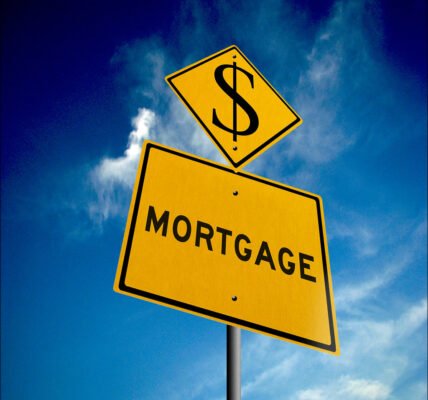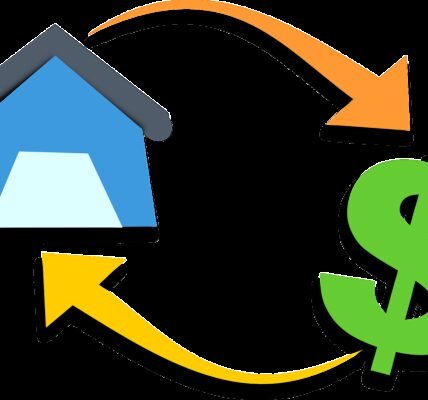In a recent survey conducted by Lending Club Bank, it has been revealed that the economic landscape for American households is growing increasingly challenging. Inflation rates, soaring mortgage rates exceeding 7%, and credit card APRs climbing north of 20% have collectively driven individuals from all income brackets into a precarious situation where they are living paycheck to paycheck.
A Growing Predicament
The survey, conducted in July 2023, discovered that a staggering 61% of U.S. consumers find themselves living paycheck to paycheck. This figure remains unchanged from June 2023, but it is two percentage points higher compared to the same period in 2022. Alia Dudum, a financial expert at LendingClub, has offered insights into these alarming statistics.
“The data indicates the persistent financial challenges and inflationary pressures a significant portion of the U.S. population faces,” Dudum stated. What’s striking is that living “paycheck-to-paycheck” is no longer solely associated with lower-income groups. Instead, it has become a pervasive issue affecting Americans across all income spectrums.
Squeezed by Inflation and Rising Costs
The increasing cost of consumer goods, coupled with a higher cost of living, has left many Americans with dwindling disposable income each month. This reduced financial cushion places immediate pressure on their ability to save for the future. Additionally, the surge in interest rates has made carrying credit card balances even more expensive, diverting more income towards servicing debt and leaving less for savings.
The Federal Reserve’s decision to raise interest rates eleven times since March 2022 has only exacerbated this situation, making it increasingly challenging for households to manage their finances effectively.
A Vicious Cycle of Debt
While some individuals are attempting to adjust their spending habits, it’s a matter of treading water rather than getting ahead. Surprisingly, only 21% of paycheck-to-paycheck consumers attribute their financial predicament to nonessential spending. The majority of Americans find themselves in this situation due to a combination of factors, including rising living costs and debt obligations.
Dudum elaborates on this, stating, “Knowing the fundamentals around budgeting, saving, debt management, investing, retirement planning, and more are important aspects of building financial health and reaching financial goals.”
The Temptation of Splurging
Despite the financial strain, it appears that many Americans still indulge in discretionary spending. A striking 74% of consumers admit to adding “nice-to-have” items to their grocery carts on occasion, while 70% do the same with their retail purchases. Dudum’s report highlights that for grocery shoppers, desserts, candy, and sodas are among the most common indulgences. Clothing, followed by health and beauty products, tops the list of non-grocery splurges.
The Looming Credit Card Debt Crisis
According to data from the Federal Reserve Bank of New York, U.S. consumer credit card debt has skyrocketed to a record high of $1.03 trillion as of the second quarter of 2023. Alarming as this figure may be, what’s even more concerning is how Americans are managing this debt.
Dudum points out, “The reality is that many Americans are using credit cards as a crutch instead of a tool.” The average American now holds four credit cards and frequently uses them without fully considering the consequences of accumulating high-interest credit card debt, especially as interest rates continue to rise.
A Bleak Financial Outlook
Even as consumers try to adjust their spending habits to navigate the challenges posed by the current economic environment, a financial backlog remains that will burden them in the foreseeable future. On average, consumers with credit card debt owe an amount equivalent to 35% of their available savings. However, those living paycheck to paycheck tend to have a much higher credit card debt relative to their savings, with some carrying balances equivalent to 157% of their available savings. This means that even if they emptied their savings accounts, they would still be in debt.
In summary, the economic hardships faced by American households are a growing concern. As inflation and interest rates continue their upward trajectory, it becomes imperative for individuals from all income brackets to prioritize financial literacy and responsible spending to navigate these challenging times successfully.
Download our app MadbuMax on the Apple App Store for the latest news and financial tools. Interested in getting your finances in order do not forget to check Dr. Paul Etienne’s best-seller book on personal finance. To access more resources, tools, and services please click here. Also, do not forget to follow Dr. Etienne on IG or Twitter.





